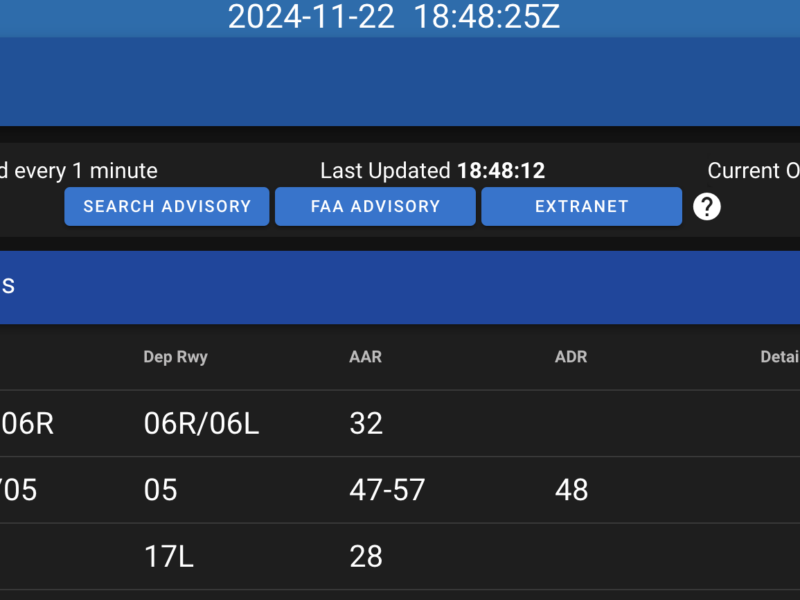This weekend had beautiful weather. With blue skies comes flying.
I had the pleasure of nt having one, but two flights with my FI in the Seminole. The flights consisted of some circuit practice, slow flight, steep turns, and single engine “stuff”.
The multi engine rating is all about procedures and checklists. You already know how to fly an airplane. Slow flight, steep turns, stalls. You’ve practiced them many times to get your PPL. The only difference now is that you have an aircraft that is much heavier and faster.
We conducted the slow flight exercises at 75 knots. 2 notches of flaps and gear down. Nothing exciting.
I would give myself an 80% mark on my steep turns. I just need to get used to the different handling characteristics of a heavier aircraft. Someone out there knows the answer (and I need to look it up) to this: Is it me, or is the amount of G forces in a 45° turn less in a faster moving aircraft than slower moving one? I did learn this in school, but totally forgot.
The exercise I was most looking forward to was the single engine work, since this is something new to me.
My FI would simulate a dead engine by adjusting the throttles to a “zero thrust” setting. This means that the engine is still running, however it is not generating any thrust. Although the temperature at the surface was -4°C, at 3500′ it was -15°C so we didn’t leave the engine in “idle” for too long.
I would identify the dead engine using two methods:
1. Looking out the window and seeing which engine is not functioning.
2. Which foot was *not* on the rudder to counteract the yaw. (The dead foot).
Calling out “dead foot, dead engine” and pointing to the faulty engine, I would begin the single engine checklist, simulated of course.
Feather the dead engine and apply full power to the live one. My FI would then give a scneario as to the cause of the dead engine (fire, etc..) and I would have to perform the proper engine securing checklist on the dead engine.
This is one of those exercises that can happen at any time. You know, during your PPL training when you’d be flying back to the airport to land and BOOM, your FI would pull the throttles back and be like “oh no! engine failure, forced approach time”. The same thing goes for single engine ops. One of those things you’ve always have to be prepared for.
Coming back to the airport, we were doing 150 knots ground speed. That, by the way, is the fastest I’ve ever flown an airplane.
Chock ~2.4 more hours in the Seminole!


The amount of G force you feel is equivalent to the load factor in the turn, which has no relation to the speed of the aircraft. Load Factor = 1 / (cosine of the bank angle). Turn rate does, on the other hand, decrease with speed, and turn radius increases. Hope that clears it up.
Cheers, and great blog!
Sounds like you’re having fun in the twin (same as me). Im doing my multi-IFR in the same plane and i find it flies really nicely for a twin – which is probably why it’s used as a trainer. Whoever posted the previous comment is right about the load factor. I believe a 45bank in a rate-one will produce 1.4gs and 2.0 at 60.